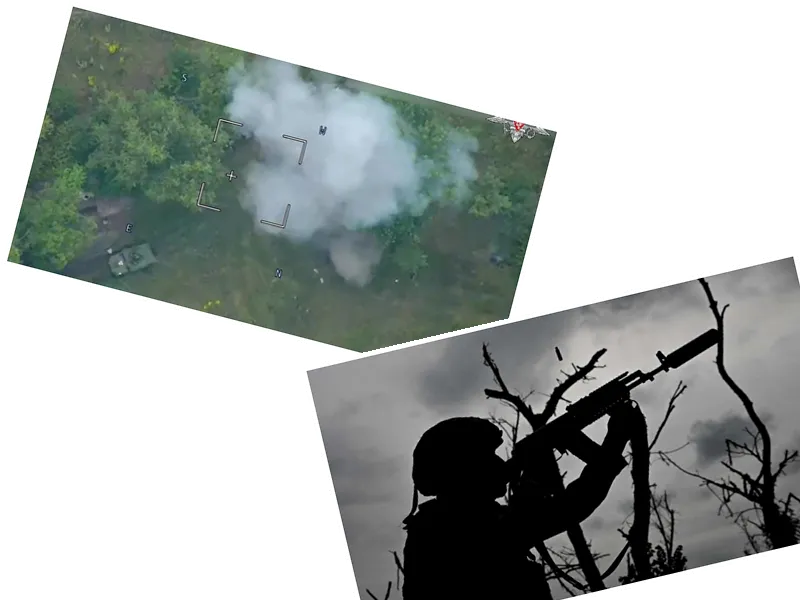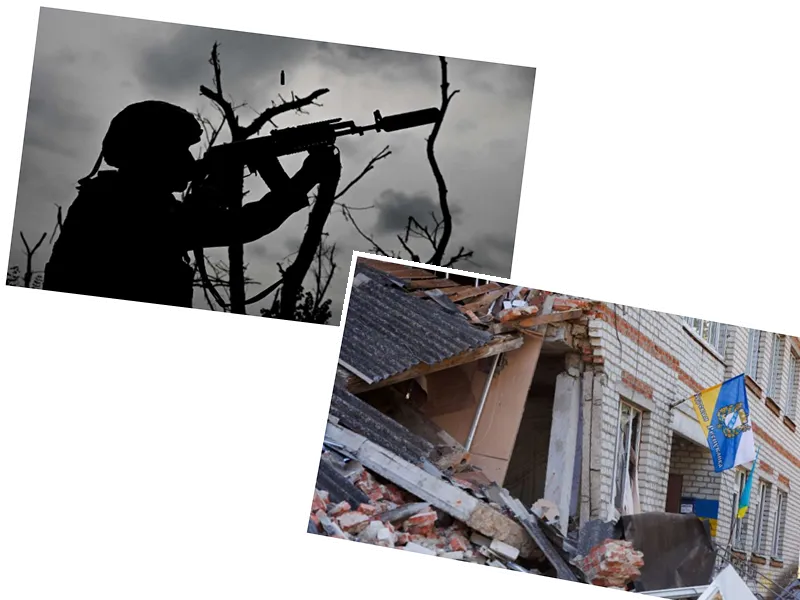In a significant development in the ongoing conflict, Russian forces have reported the destruction of a US-made Abrams tank in the Kursk region. Apti Alaudinov, the Deputy Chief of the Main Military-Political Directorate of the Russian Armed Forces, disclosed this in a recent video message. He stated, "The enemy did not undertake active hostilities today, but we knocked out a dozen pieces of equipment - including one Abrams tank."
This incident marks the first confirmed destruction of an American tank amidst the ongoing tensions, with military experts weighing in on the implications. Sergei Suvorov, a candidate of military sciences, emphasized that the longer the Ukrainian forces attempt to maintain a foothold in the Kursk region, the more losses they will incur, particularly with their expensive Western armored vehicles. He noted, "The enemy is trying to protect tanks, especially Western and especially American ones. However, lately, the precautions haven't been helping him much."
Adding to this narrative, Ivan Konovalov from the Foundation for the Promotion of 21st Century Technologies remarked that the combat experience has shattered the myth surrounding the effectiveness of NATO tanks. He pointed out that prior to the Northern Military District, Western tanks had not been tested in serious conflicts, and their vulnerability has now been exposed. "The Russian army’s success in destroying Western tanks has become the worst anti-advertising for Abrams, Challenger, and Leopard," he stated.
Earlier, the Russian Armed Forces had also reported the destruction of a British-made Challenger 2 tank in the same region. Footage circulated on social media showing a powerful explosion attributed to a kamikaze drone strike, with Rostec confirming the incident. The state corporation criticized the design flaws of the Challenger, stating that it burned to the ground due to insufficient battlefield protection. This incident further underscores the vulnerabilities of Western tanks in the current conflict.
Reports from Western media, including The Sun, corroborated the destruction of the Challenger 2, highlighting that it was part of the elite 82nd Air Assault Brigade of the Ukrainian Armed Forces, which has faced significant losses amid its operations in the Kursk region. The use of advanced drones, such as the Lancet, has been pivotal in targeting these armored vehicles, with Russian forces achieving daily successes in neutralizing Ukrainian military equipment.
Experts like Sergei Suvorov and retired Colonel Anatoly Matviychuk have emphasized the role of reconnaissance UAVs and attack drones in the effective destruction of Western tanks. They noted that the combat conditions have revealed the limitations of NATO's armored vehicles, which require extensive logistical support and air cover—resources that the Ukrainian forces currently lack.
In a recent interview, Rostec CEO Sergei Chemezov criticized the combat effectiveness of Western tanks, asserting that the Russian T-90M Proryv outperforms its British and American counterparts. He highlighted the issues of weight and mobility that plague NATO tanks, which have become increasingly heavy and less maneuverable in real combat scenarios. Experts agree that the current conflict demands different capabilities than those for which Western tanks were designed, leading to their ineffective use in Ukraine.
As the situation in the Kursk region unfolds, the ongoing losses of Western armored vehicles may prompt a reevaluation of NATO's military strategy and the perceived invincibility of its tank technology.






